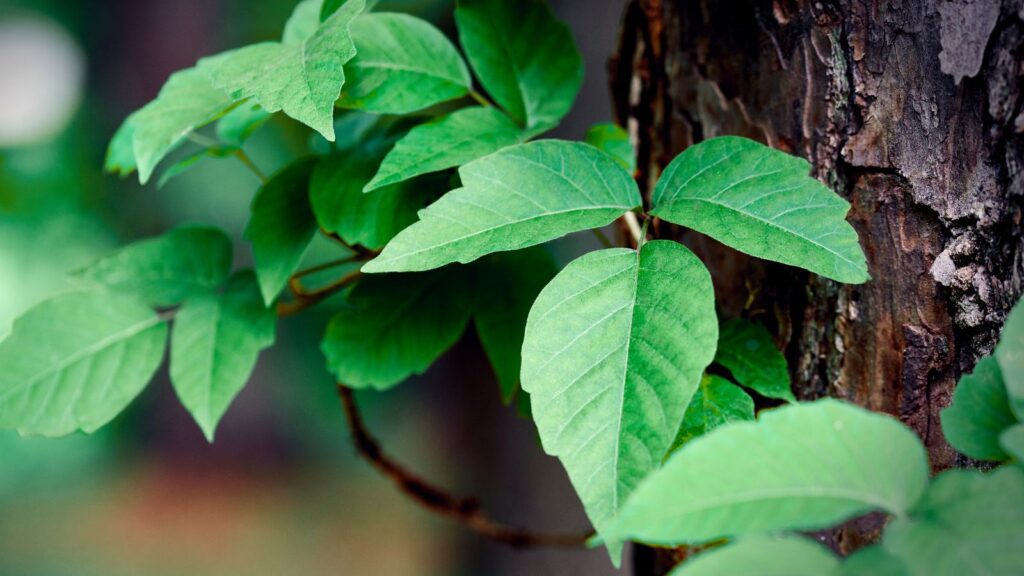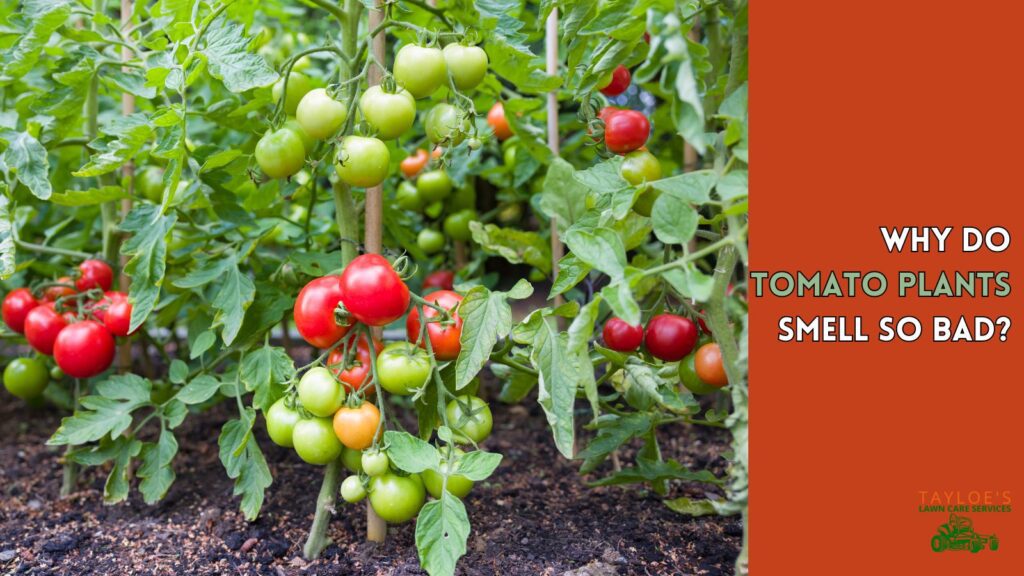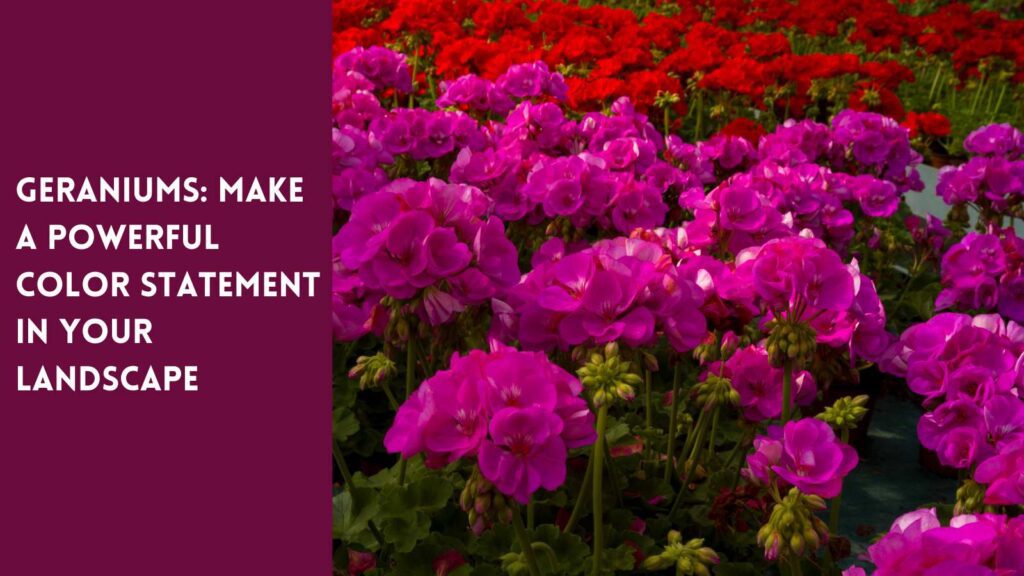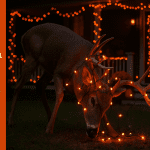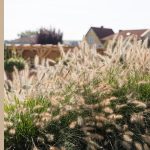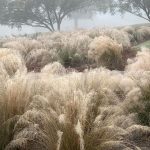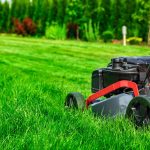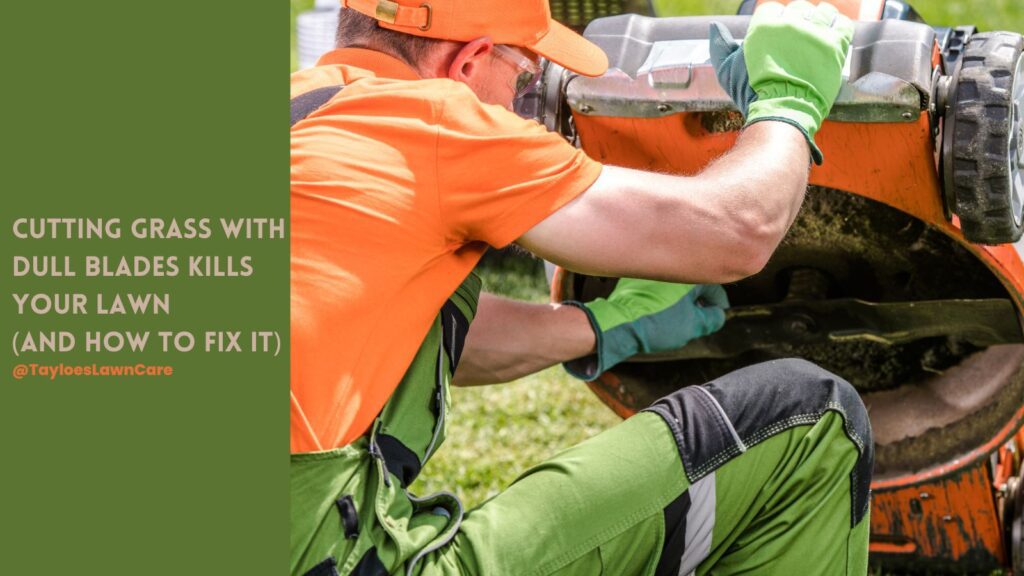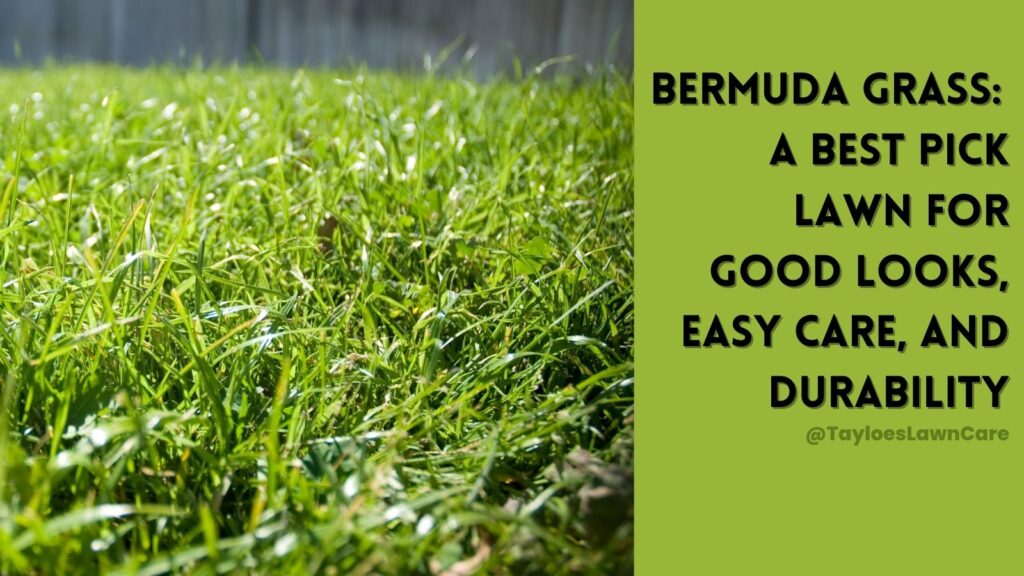Last Updated on: 7th July 2024, 11:05 am
Poison ivy causes rashes year-round.
Toxicodendron radicans, aka poison ivy, is prevalent in many locations – even where you least suspect it. It brings with it significant challenges for homeowners and commercial businesses alike. Its ability to blend with surrounding vegetation often leads to unintentional contact, resulting in allergic reactions.
I would know, having had poison ivy four times this past season. Why… when I know better? Because it was embedded with the shrubs I was trimming. It can climb trees or run along the ground, with the appearance of other innocent ivy species. This article is my personal battle cry against this plant.
This article will give you the key knowledge to identify poison ivy accurately. Understanding its characteristics, risks associated with contact, and effective removal strategies is crucial for maintaining a safe and healthy environment. Additionally, this guide will offer practical prevention methods, ensuring long-term protection against this invasive plant.
Understanding the Poison Ivy Plant
Poison ivy, often misunderstood, is a plant that demands respect due to its irritating properties. Recognizing this plant is the first step in ensuring safety and effective management in your yard.
Poison ivy typically displays a cluster of three leaflets, a characteristic that gave rise to the adage, “Leaves of three, let it be.” These leaflets are almond-shaped with pointed tips, and the middle leaflet usually has a longer stem. The color of the leaves can vary from green in the spring and summer to a reddish hue in the fall. The plant is not evergreen; it loses its leaves in the winter, but the vines and stems remain, which can cause allergic reactions.
This plant can grow in various forms, including as a ground cover, a shrub, or a climbing vine, often found clinging to trees, fences, and other structures. The vine form is particularly notable for its hairy appearance, which can be a helpful identification marker.
Differentiating poison ivy from other benign ivy plants is crucial. Many harmless ivies, such as English ivy, have more than three leaves and exhibit different growth patterns. Another similar plant, the Virginia creeper, typically has five leaflets and does not cause the same allergic reactions.
By understanding these characteristics, you can more confidently identify poison ivy in your yard and take appropriate actions to manage it.
Understanding the Risks Associated with Poison Ivy
Toxicodendron radicans poses significant health risks due to its oil, urushiol, which can cause allergic reactions in most people. When skin comes into contact with urushiol, it often results in a condition known as contact dermatitis. This reaction is characterized by itching, redness, swelling, and, in severe cases, blistering. The severity of poison ivy symptoms varies among individuals and depends on the level of exposure and personal sensitivity.
It’s crucial to note that the reaction can occur from direct contact with the plant or indirectly through contaminated objects, pets, or airborne particles during burning.
Safety Precautions for Poison Ivy
Dealing with poison ivy requires strict adherence to safety precautions to avoid exposure. The primary defense is wearing appropriate protective gear, such as gloves, long-sleeved shirts, and pants, preferably made of materials that urushiol cannot easily penetrate. Additionally, barriers like barrier skin creams can offer extra protection.
After any potential exposure, immediate and thorough washing of the skin, clothing, and tools with soap and water or specialized urushiol removal products is essential to prevent the spread of the oil. Awareness of the symptoms and early recognition is key, as it allows for prompt treatment and reduces the risk of severe reactions.
Strategies for Removal of Poison Ivy
Now that you understand what the pesky vine looks like and the consequences of ignoring it, you are probably asking yourself:
How do I get rid of poison ivy? Read on; I’ll share some techniques that work.
Manual Removal Techniques
The manual removal of poison ivy is viable for small infestations but requires careful planning and execution. The best time to undertake this task is in late winter or early spring when the plants are less robust. Plan to wear protective clothing and long, thick gloves to prevent skin contact with the plant. The removal process involves carefully uprooting the plants, ensuring that all parts, including the roots, are removed to prevent regrowth. It’s essential to avoid breaking the plants, as this can release urushiol. The uprooted plants should be placed in a plastic bag and disposed of with regular garbage, not composted or burned, as burning can release urushiol into the air.
Chemical Solutions
Chemical herbicides can be an effective solution for larger infestations. Select a herbicide specifically designed to target poison ivy, ensuring it’s applied according to the manufacturer’s instructions. Timing is crucial; applying herbicide in late spring or the early summer when the plants are actively growing can enhance effectiveness. It’s important to note that herbicides may affect nearby plants, so targeted application is necessary. Repeated treatments might be required for complete eradication.
Eco-Friendly Methods
For those who prefer a more natural approach, several organic methods can help control poison ivy. These include smothering the plant with heavy-duty plastic or applying natural acidic solutions like vinegar directly to the leaves. At the same time, these environmentally friendly methods may be less effective and require persistence and repeated application. Monitoring the treated area over time is important to ensure the plant does not regrow.
Preventing Poison Ivy Regrowth
Maintaining a yard that discourages the growth of Toxicodendron radicans is key to long-term control. Regular yard maintenance plays an enormous role in this. Frequent inspections of your property, especially in areas known to have had poison ivy previously, can help in early detection and removal before the plants establish themselves. Cultivating a thick, healthy lawn and garden beds with robust, competitive plants can also reduce the growing space for poison ivy.
Landscaping choices can further aid in preventing the establishment of poison ivy. Opting for ground covers, mulches, or dense plantings in areas where poison ivy is known to grow can act as a physical barrier, hindering its ability to take root. Strategic placement of hardscaping elements like stones, pathways, or edging can also create barriers.
A proactive approach to garden maintenance and thoughtful landscaping choices can significantly reduce the likelihood of poison ivy finding a home in your yard. Consistency in these practices is the key to keeping your outdoor spaces safe and enjoyable.
The Takeaway: Proper Identification of Poison Ivy Is Key to Eliminating it
Understanding how to identify Toxicodendron radicans and awareness of the risks associated with poison ivy exposure, and knowing the best removal and prevention strategies are crucial for having a safe and enjoyable outdoor space. It requires vigilance and consistent effort, but the reward is a yard free from the dangers of poison ivy.
While these guidelines provide a solid foundation, the expertise of our knowledgeable professionals can make a significant difference. At Tayloe’s Lawn Care Services, we help identify and safely remove poison ivy and implement long-term strategies to prevent its return. Our team can handle the toughest poison ivy challenges, ensuring your yard remains a beautiful, safe place for you and your family.
If you’re dealing with persistent poison ivy issues or prefer to leave the task to professionals, don’t hesitate to contact us. We’re here to provide expert solutions to all your yard maintenance needs. Let’s connect! Give us a call or text us at 252.287.3376, or connect with us on Facebook Messenger.
Author Profile

- Randy Tayloe is the COO of Tayloe's Lawn Care Service, LLC. He is a certified custom applicator, recognized by the North Carolina Department of Agriculture Pesticide Division. A native of Bertie County, NC, and graduate of Bertie High School, he wants to beautify his home county - one yard at a time.
Latest entries
 FaunaOctober 3, 2025Fall decorations that endanger wildlife (and how to avoid the risks)
FaunaOctober 3, 2025Fall decorations that endanger wildlife (and how to avoid the risks) GardeningApril 1, 2025Fountain grasses add colorful foliage and movement
GardeningApril 1, 2025Fountain grasses add colorful foliage and movement GardeningMarch 21, 2025White cloud muhly grass growing guide
GardeningMarch 21, 2025White cloud muhly grass growing guide Lawn CareFebruary 25, 2025Should I mow every week?
Lawn CareFebruary 25, 2025Should I mow every week?

